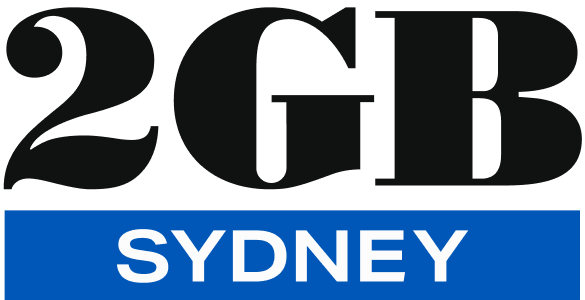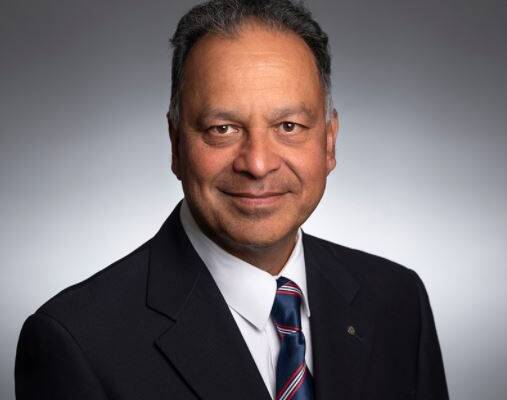Visa backlog a sign of weak border control
Abul Rizvi, Former deputy secretary of the Department of Immigration and author of “Population Shock”, joins Luke Grant this week about the blow out in bridging visa numbers.
Mr Rizvi says when bridging visas were first introduced in the early 1990s, around the same time as mandatory detention and ministerial discretion, the expectation was that the number of people on bridging visas in Australia would rarely exceed 20,000 to 30,000.
That we now have over 330,000 people on bridging visas in Australia is indicative of a visa system in gridlock — paralysed to a degree no one anticipated.
The latest rapid increase in the number of people in Australia on bridging visas started in 2013-14 when there were just over 70,000 people in Australia who were on them. He says over 330,000 people on bridging visas means the system now rewards the unscrupulous, by enabling longer stay in Australia by those likely to be refused, whilst penalising the genuine who just want to be able to get on with their lives rather than having to wait for the Department of Home Affairs (DHA) to make a decision on their visa application.
Contrary to the Government’s rhetoric, the massive bridging visa backlog is characteristic of weak, not strong, borders.
Download this podcast here
















